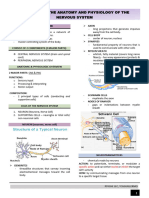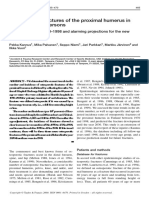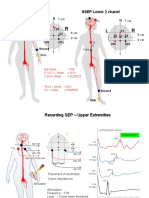0% found this document useful (0 votes)
23 views4 pagesUnit 4 - Reference Material
The document outlines the importance of health, safety, and security in the workplace, emphasizing the need for policies to protect employees from hazards and enhance productivity. It identifies various workplace hazards, including physical, chemical, ergonomic, biological, and psychological risks, and provides guidelines for maintaining safety. Additionally, it discusses occupational overuse syndrome, musculoskeletal problems, and offers tips for preventing eye strain while working on computers.
Uploaded by
ersakshimehraCopyright
© © All Rights Reserved
We take content rights seriously. If you suspect this is your content, claim it here.
Available Formats
Download as PDF, TXT or read online on Scribd
0% found this document useful (0 votes)
23 views4 pagesUnit 4 - Reference Material
The document outlines the importance of health, safety, and security in the workplace, emphasizing the need for policies to protect employees from hazards and enhance productivity. It identifies various workplace hazards, including physical, chemical, ergonomic, biological, and psychological risks, and provides guidelines for maintaining safety. Additionally, it discusses occupational overuse syndrome, musculoskeletal problems, and offers tips for preventing eye strain while working on computers.
Uploaded by
ersakshimehraCopyright
© © All Rights Reserved
We take content rights seriously. If you suspect this is your content, claim it here.
Available Formats
Download as PDF, TXT or read online on Scribd
/ 4
























































































